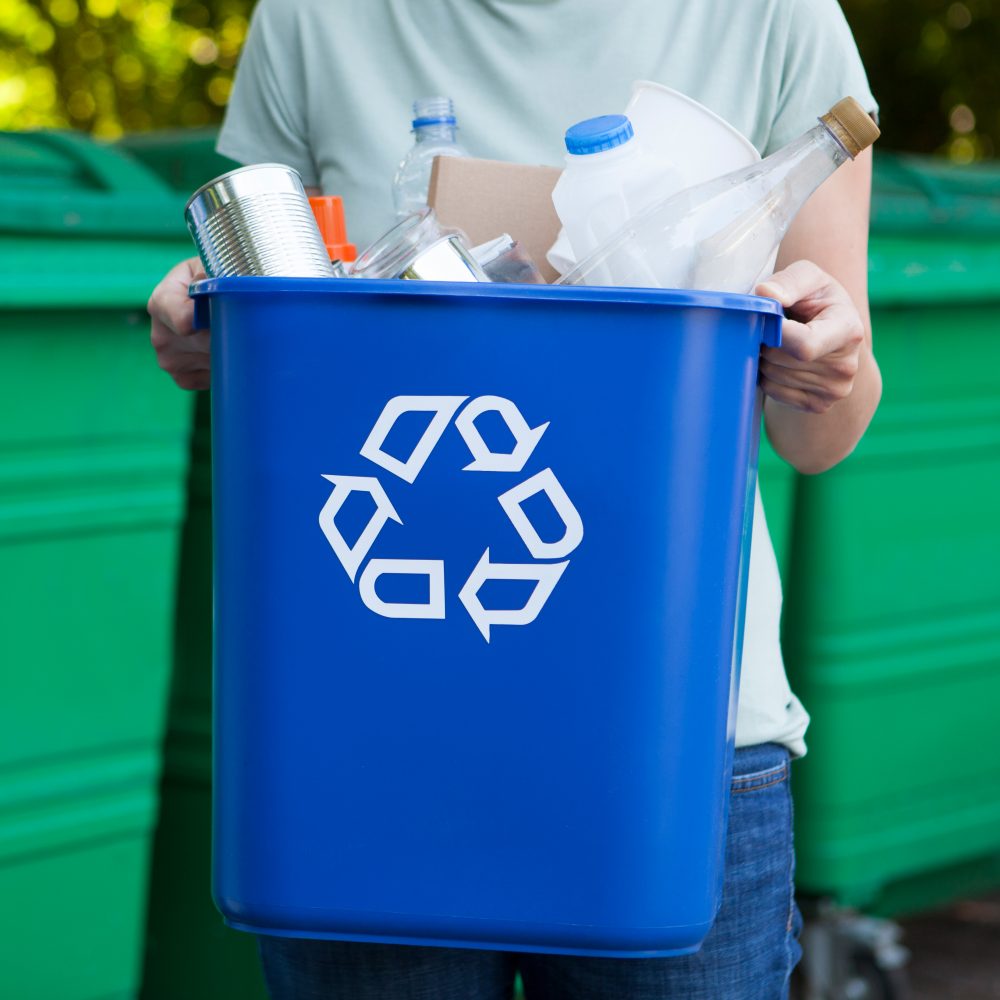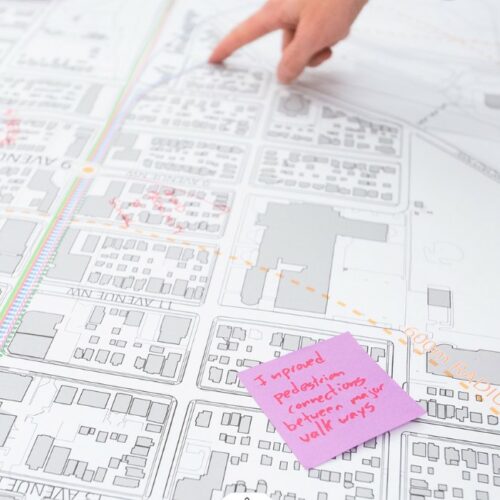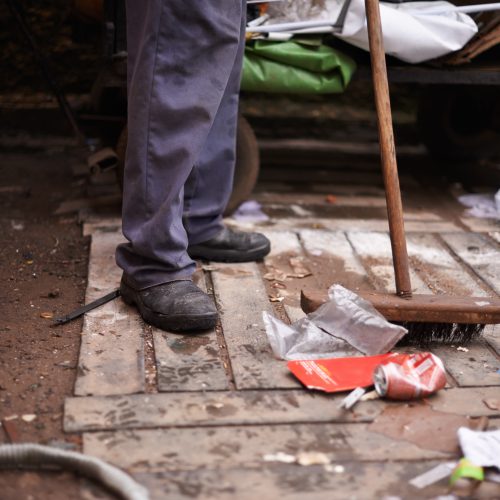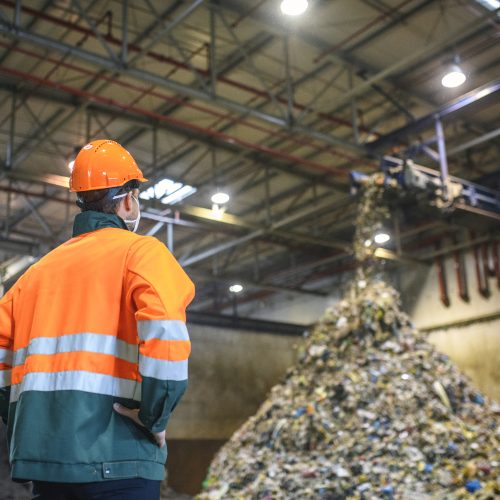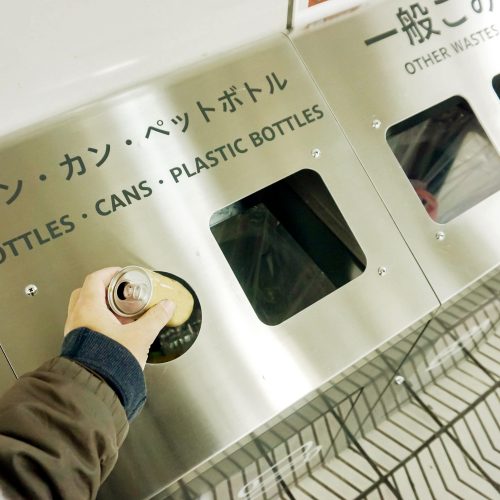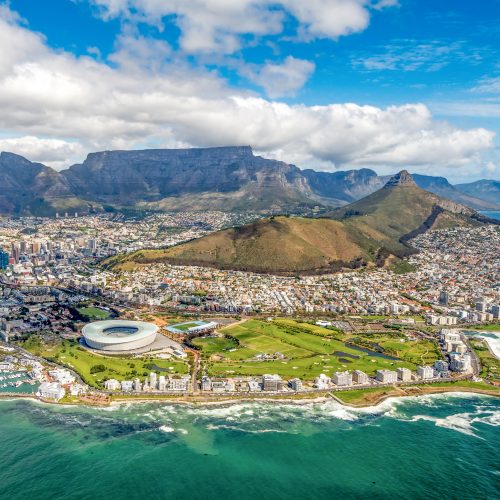Context and policy overview
Parma is a relatively small city located in northern Italy’s Emilia-Romagna region. In 2014, the city occupied a dubious position as the country’s most waste-producing city, with 636 kg of municipal waste produced per person (compared with an EU average of around 480 kg per capita).[1] Around 50 per cent of municipal waste was collected separately for reuse and recycling and the other half was incinerated or landfilled. Door-to-door collection of separate waste streams was very limited, with most recycling taking place through collection containers.[2]
Waste became a major point of debate in the 2012 municipal elections. Responding to public pressure and to leadership within the city council, the city began a series of changes to its collection regime. The new system made it easier for residents to separate out their recyclable waste from residual waste and created financial incentives to reduce waste and increase recycling. Public engagement and consultation were also integral to the process.
Implementation
The first step was to replace collection containers with door-to-door collection of separate waste streams. Parma started this programme in the historical centre and extended door-to-door collection across the city, district by district. Within 18 months, door-to-door collection had been extended to all districts for food waste, paper, packaging and residual waste. Collection frequency varies by material, with bio-waste collected more than once per week and residual waste collected weekly (or less frequently in some areas).
The new system was scheduled according to location and population density. Waste collection in the city centre occurs during the night (to avoid blocking streets and causing a nuisance to the night-time economy) while collection in residential areas took place during the mornings. Roadside containers were installed for the collection of garden waste and glass.
Parma faced a high cost of disposal (€170 per tonne for its new incinerator) and so the city used a pricing approach to reduce its residual waste stream and lower the overall costs of the system. The city’s pay as-you-throw scheme has a two-part fee structure based on the waste that each household generates. The first part is a fixed cost based on the size of the property and household. Additional allowances are available for households with children younger than 30 months, to account for the additional waste from nappies. The fixed cost covers a minimum number of collections per household and also the costs of management and enforcement. Additional removals of residual waste beyond the fixed number incur a cost per bag or bin.
Households can earn additional ‘eco-points’ for sorting and disposing of electronic, hazardous and medical waste in the appropriate way. Eco-points are worth a discount of €0.15 on the following year’s waste bill, up to a maximum discount of €20.[3] Households also receive a 12 per cent discount on their bill for home composting.[4]
Parma also introduced ‘eco-stations’ and ‘ecowagons’ to complement the door-to-door collection system and provide flexibility. Eco-stations are small kiosks open 24 hours a day where people can recycle their waste outside of the main door-to-door collection hours. Recyclables are free to deposit, while residual waste incurs a fee. Kiosks have eight windows where recyclables and residual waste can be left, accessible with a user card, which is also used to collect ecopoints for depositing recyclables. Eco-wagons are located in the city centre and support other waste collection services. The system operates like a bus service, with routes and stations to enable people to bring out their waste at the appropriate time.
Barriers and critical success factors
A communication campaign targeting local residents was essential to the success of the new waste system in Parma. This included awareness-raising in public squares, information sent to people’s homes, a specially created hotline, and a competition between schools to reduce waste.
Residents were concerned that waste collection would not be frequent enough, so the eco-stations gave them the option of bringing their extra waste for disposal.[5] The flexibility of the system increased its acceptability and people’s willingness to support the new approach.[6]
Illegal dumping and fraud were also concerns ahead of the transition. Residents are protected through the use of RFID tags in each bag, so they are only charged for their own waste. The city also installed CCTV cameras at eco-stations and created an app for residents to report illegal dumping. Overall, rates of illegal dumping were low, at around 500 g per capita per year.[7]
Results and lessons learned
The new system dramatically reduced residual waste and increased the collection of recyclable and biodegradable materials. As of 2018, Parma had achieved the following capture rates: [8]
- paper: 81 per cent
- plastic: 69 per cent
- metal: 33 per cent
- glass: 93 per cent
- composite material: 36 per cent
Meanwhile, kerbside collection of bio-waste collection nearly doubled, from 50 kg to 100 kg per capita per year between 2011 and 2015, while the fraction of impurities fell from 8 per cent to 3 per cent.[9]
Typical costs for households rose in the early years as investments were made in both capital and operations. However, as the system settled in and savings were captured by reducing disposal costs, the cost for customers began to fall. After a peak in 2013, typical costs in 2016 were at a similar level to those seen in 2010 before the new system was implemented (around €250 a year for a three-person household). In effect, the city is delivering much better outcomes for the same cost as the old system.[10]
The success in Parma helped the adoption of targets in Emilia-Romagna which exceed national and EU requirements, including a 25 per cent reduction of total waste, 73 per cent separate collection and 70 per cent effective recycling. This system incentivised cities to achieve the best performance, while penalising those lagging behind. Through this regional system of incentives, Parma has received €710,000 for its reduction of residual waste.[11]








